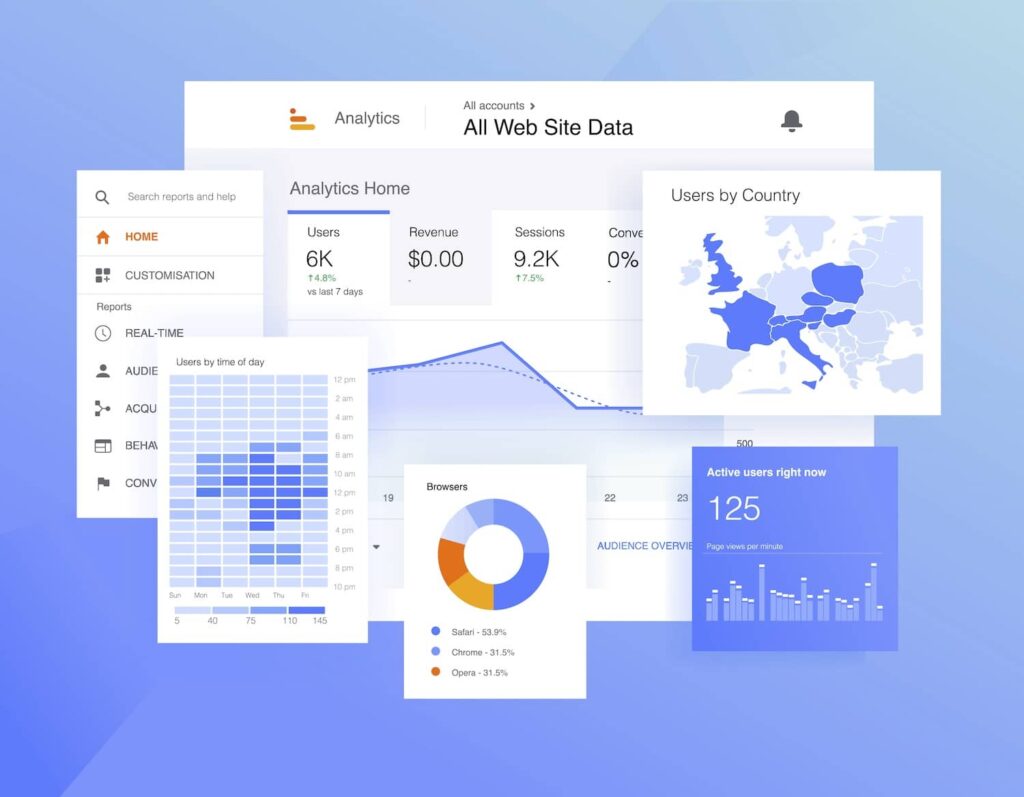Important Guide to Secondary Dimensions in Google Analytics: Interpretation, Benefits, and Applications
Unveiling the Impact of Secondary Measurement in Google Analytics on Information Evaluation and Insights
In the world of information analytics, the usage of additional dimensions within Google Analytics has emerged as a critical tool for drawing out deeper understandings and unraveling complicated patterns that might otherwise continue to be covered. By peeling off back the layers of main information collections, secondary dimensions provide a nuanced perspective that enriches the understanding of individual behavior, web site efficiency, and the efficiency of marketing techniques.
Exploring the Concept of Additional Measurements
Secondary measurements in Google Analytics offer additional insights by permitting users to examine main information in combination with an additional quality. By integrating secondary measurements, customers can dig deeper right into the information and uncover valuable connections that may or else go undetected - what is a secondary dimension in google analytics.
By discovering the numerous second dimensions offered in Google Analytics, users can open new understandings and enhance their digital advertising and marketing initiatives. In essence, additional measurements serve as a powerful device for boosting data analysis and driving actionable outcomes.
Enhancing Data Analysis With Additional Dimensions
Having actually established the foundational understanding of additional measurements in Google Analytics and their critical role in information evaluation, the focus now changes in the direction of leveraging these additional credit to improve the interpretation of analytics information (what is a secondary dimension in google analytics). By including second dimensions right into data evaluation, experts can get deeper insights into user behavior, web site efficiency, and marketing effectiveness

Furthermore, secondary dimensions aid in contextualizing key information metrics by giving additional layers of info. This contextualization aids in comprehending the 'why' behind the information trends, helping analysts make educated optimizations and choices to enhance general performance. Ultimately, including additional dimensions enhances the information interpretation process, resulting in even more tactical actions and meaningful understandings.
Revealing Hidden Insights Via Additional Dimensions
Discovering the midsts of analytics information with secondary measurements exposes important understandings that would certainly or else stay obscured. By incorporating second measurements in Google Analytics, services can uncover hidden patterns, trends, and connections that offer an even more detailed understanding of customer habits and site performance. These added layers of data enable experts to dive much deeper right into the main measurements, such as website traffic resources or landing web pages, and gain a more nuanced viewpoint on exactly how different variables engage with each other.
Via making use of secondary measurements, analysts can sector and compare data across different measurements, allowing them to determine specific elements that influence individual engagement, conversion prices, and general success metrics. For instance, by matching the key dimension of 'tool group' with the secondary measurement of 'age group,' marketing professionals can pinpoint which age demographics favor accessing the internet site via mobile tools versus desktops. This degree of granularity equips businesses to make data-driven choices and enhance their techniques for far better outcomes. Inevitably, discovering hidden insights through secondary measurements enhances the depth and precision of information analysis, leading to more enlightened decision-making and improved efficiency results.
Leveraging Additional Dimensions for Actionable Analytics
Building upon the insights unveiled via secondary measurements in Google Analytics, companies can now harness this enriched information landscape to drive workable analytics and strategic decision-making. By leveraging second measurements, companies can delve deeper right into their information to extract valuable patterns, trends, and connections that might have formerly gone undetected. This deeper level of analysis makes it possible for services to gain a more thorough understanding of user behavior, project performance, and general web site efficiency.
One key advantage of utilizing second measurements for workable analytics is the capability to sector data based upon details standards. This division permits organizations to customize their projects and techniques to various audience groups, bring about much more targeted and reliable advertising initiatives - what is a secondary dimension in google analytics. Furthermore, additional measurements supply a more alternative view of individual interactions, allowing companies page to optimize their site web content, style, and overall individual experience
Making Best Use Of Decision-Making With Second Dimensions
To improve strategic decision-making in analytics, leveraging additional dimensions in Google Analytics can supply a more nuanced point of view on customer actions and campaign efficiency. By incorporating secondary dimensions right into data analysis, companies index can dive much deeper right into the specifics of their website visitors' interactions and involvement patterns. This additional layer of details permits a more detailed understanding of just how different variables, such as demographics, gadgets, or website traffic resources, effect vital performance indicators.

Conclusion
In final thought, the usage of additional measurements in Google Analytics plays an important duty in boosting data evaluation and uncovering hidden insights. By discovering this concept, one can get a deeper understanding of individual habits and home make informed decisions based on workable analytics. Leveraging second measurements permits a much more comprehensive analysis of information and maximizes the effectiveness of decision-making processes.
